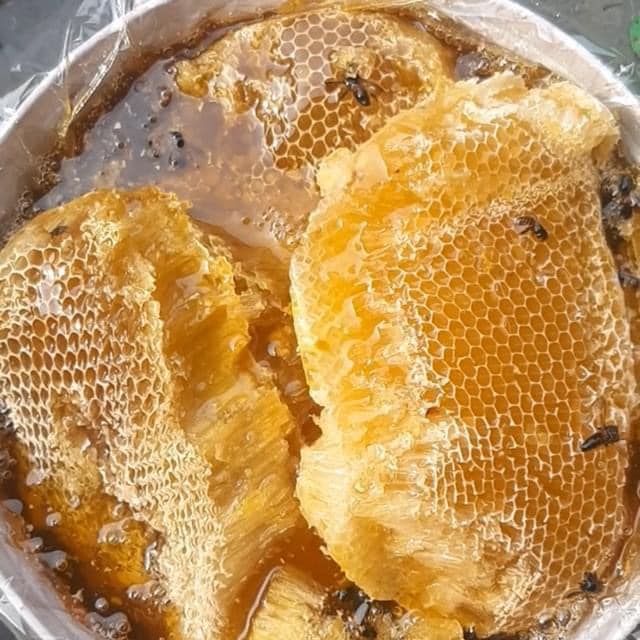
Vietnamese honey is a key agricultural product, not only popular domestically but also asserting its position on the global export map. With its tropical monsoon climate and diverse ecosystem, Vietnam possesses abundant floral resources, creating high-quality honey varieties with unique flavors, meeting the strictest standards of international markets like the United States, Europe (Germany, Belgium), and Japan.
Our product is the perfect crystallization of the dedicated care of beekeepers and the precious nutrition derived from nature.
1. Diverse Flavor Profiles by Region
The flexible migration of bee colonies to seasonal flowering regions has created a rare diversity in Vietnamese honey:
- Coffee Flower Honey (Central Highlands – Dak Lak, Lam Dong):
- Characteristics: Harvested from vast blooming coffee plantations during the dry season. The honey has a pale yellow to amber color, a light, clean sweetness, not overly intense, and carries a characteristic subtle aroma of coffee blossoms.
- Value: High in natural sugars (Fructose), popular for daily consumption and as an ingredient in the food industry.
- Longan/Lychee Flower Honey (Northern Region):
- Characteristics: Harvested from large longan and lychee orchards in Hung Yen and Son La. The honey has a deep yellow color, a rich sweetness, and the distinctive aroma of the fruit blossoms.
- Value: The most common type of honey, stable in quality, and highly rated for its flavor.
- Mint Flower Honey (Northern Mountains – Ha Giang):
- Characteristics: Harvested from wild Mint flowers, featuring a striking lemon-yellow or olive-green color. It is thick, with a light, refreshing sweetness and a characteristic subtle aroma.
- Value: Considered a rare specialty with high medicinal value, helpful for treating coughs and respiratory issues.
- Cajeput Flower Honey (Southwestern Region – U Minh):
- Characteristics: Sourced from salt-tolerant cajeput blossoms in the U Minh forest. The honey has a deep yellow color, a fragrant sweetness characteristic of the flooded forest ecosystem.
- Value: Known for its natural antibacterial properties and is the pride of the Mekong Delta region.

2. Commitment to Superior Quality for the Export Market
Vietnam is currently one of the world’s largest honey suppliers, a position secured by adhering to strict quality standards:
- Food Safety: Vietnamese honey products meet international food safety and hygiene requirements, including strict control over antibiotic residues, chemical residues, and ensuring no adulteration.
- Traceability: Professional beekeepers and exporters implement quality control processes from beekeeping, harvesting, to packaging, ensuring clear origin traceability.
- 100% Natural Product: We are committed to supplying pure, natural honey, unblended, fully retaining natural vitamins, minerals, enzymes, and antioxidants.
3. Wonderful Benefits of Vietnamese Honey
Honey is not just a natural sweetener but also a “superfood” for health and beauty:
| Benefit | Description |
| Boosts Immunity | Contains antioxidants, helping to strengthen the immune system. |
| Aids Digestion | Natural enzymes in honey help improve the function of the stomach and intestines. |
| Soothes Throat and Relieves Coughs | Particularly effective in soothing sore throats and reducing cold symptoms. |
| Natural Energy Source | Provides a rich source of energy thanks to its Fructose and Glucose content. |
| Skin Beauty | Antibacterial and moisturizing properties help skin stay soft, reduce acne, and fade scars. |
Vietnamese honey is the perfect choice for global consumers seeking a natural, delicious, nutritious product, produced to international standards.
Other articles:
Other agricultural products:


